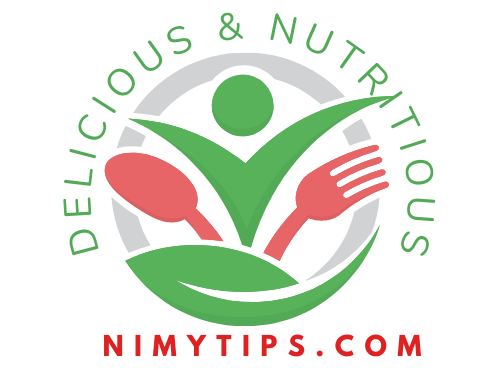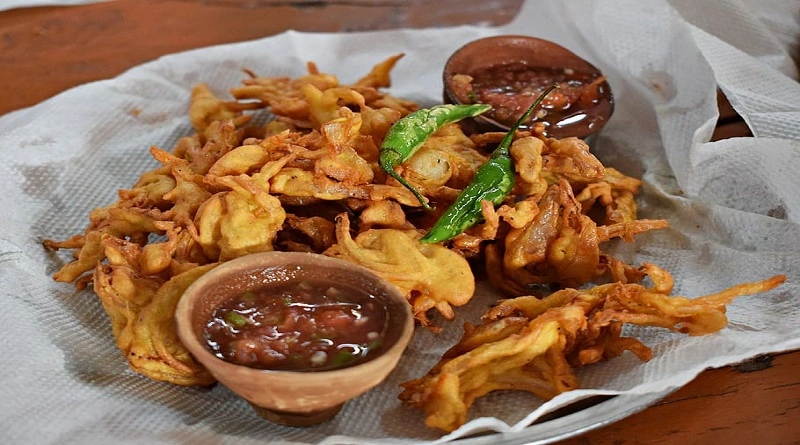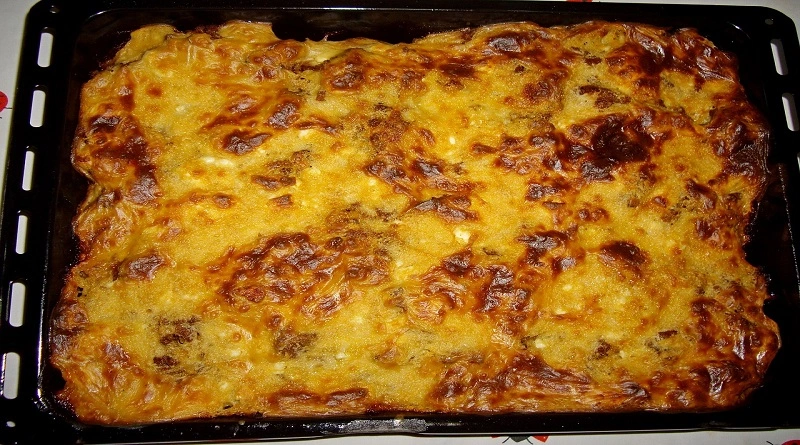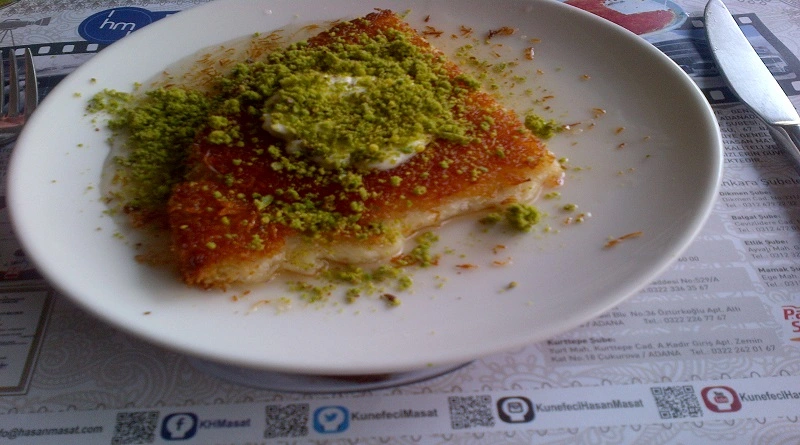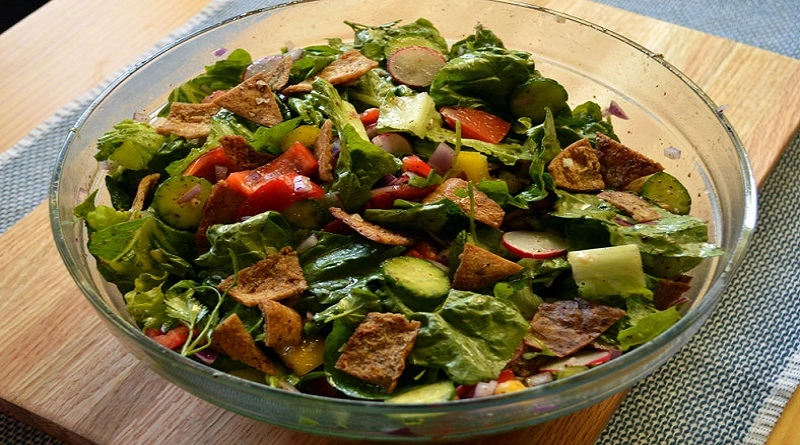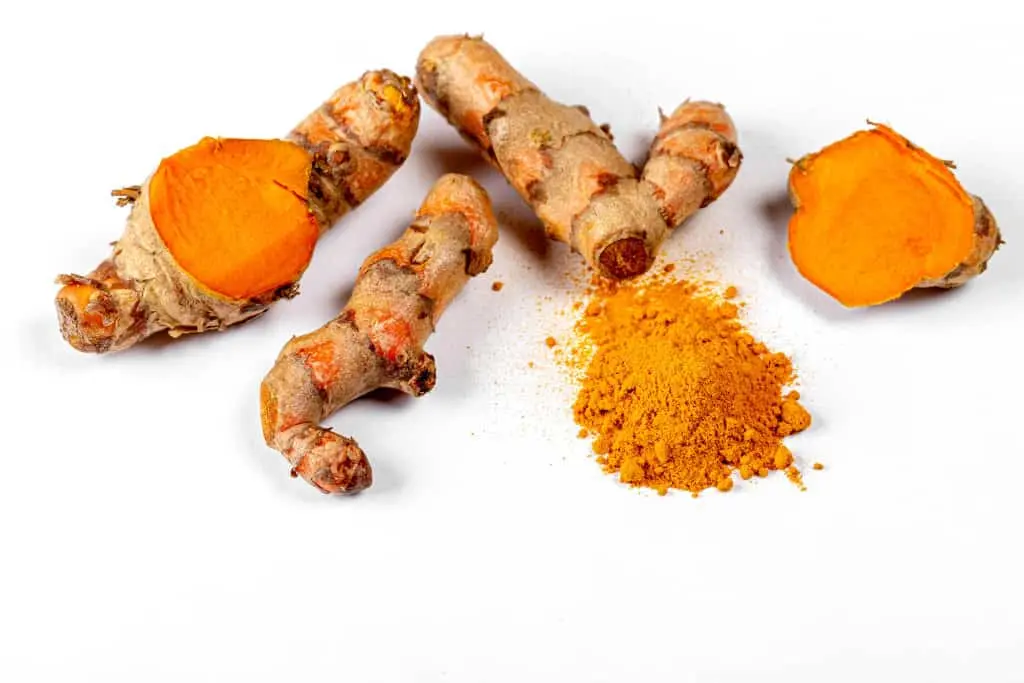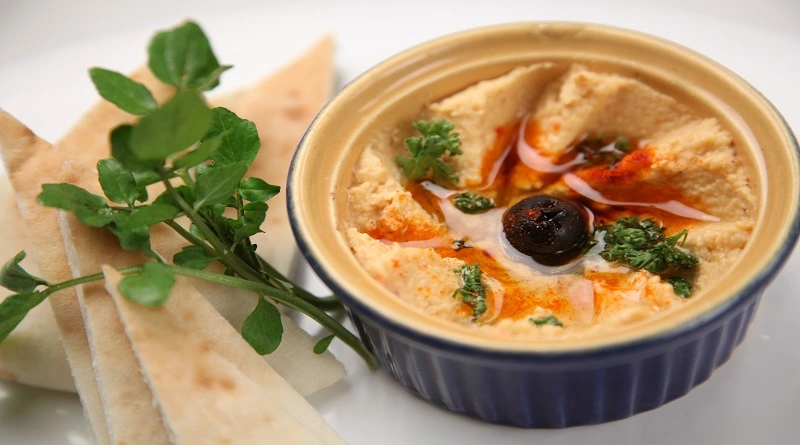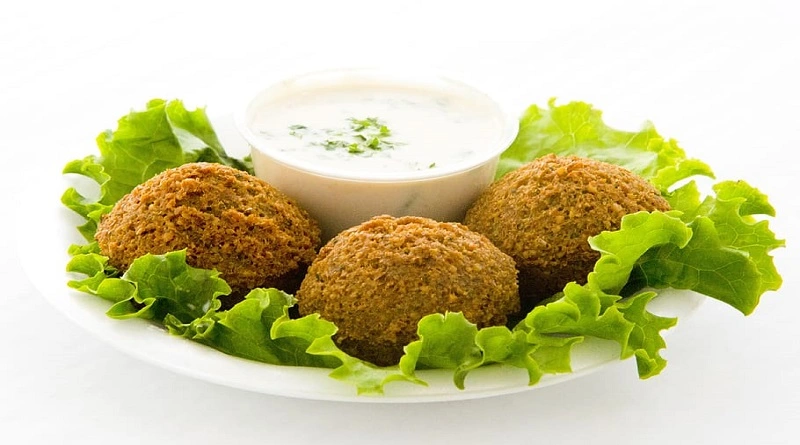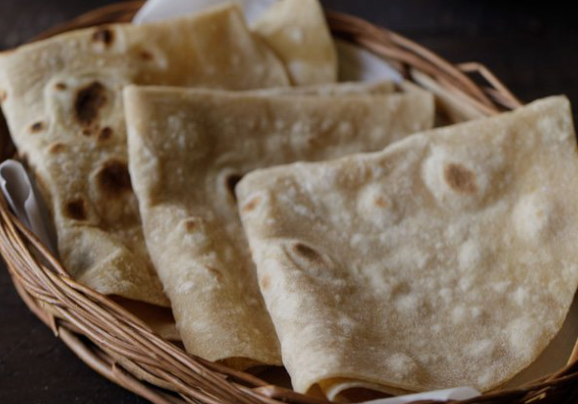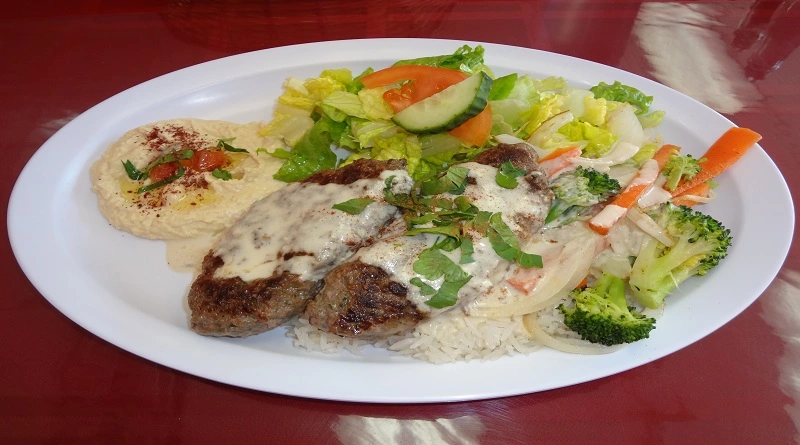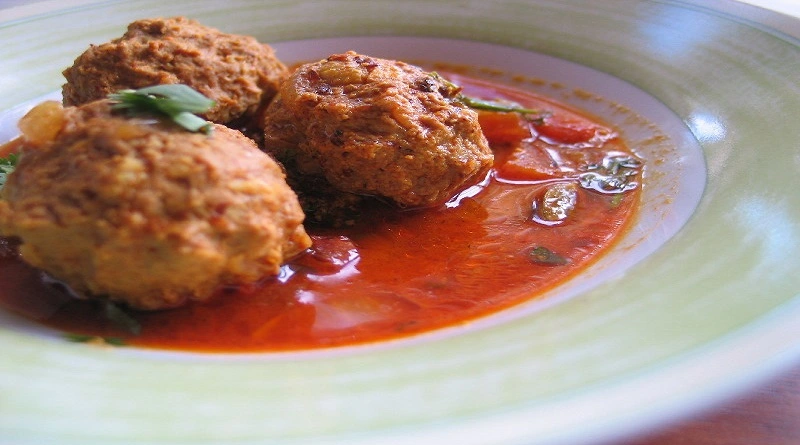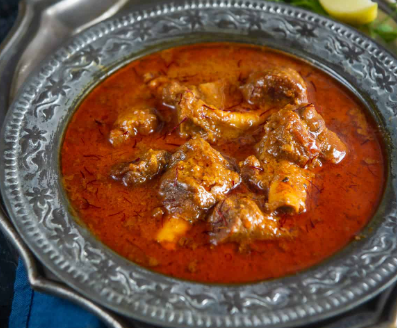Hummus is a popular Middle Eastern dip made from chickpeas, tahini, lemon juice, garlic, and olive oil. It has become a staple food in many countries around the world, and its popularity continues to grow.
The origins of hummus are somewhat unclear, but it is believed to have originated in the Middle East, where it has been a popular dish for centuries. Chickpeas, one of the key ingredients in hummus, have been cultivated in the Middle East for thousands of years, and are an important part of the region’s cuisine.
Over time, different variations of hummus have emerged in different parts of the Middle East. For example, in Lebanon, hummus is often garnished with pine nuts and parsley, while in Israel, it is sometimes served with a hard-boiled egg on top. Despite these variations, the basic recipe for hummus remains the same.
The cultural significance of hummus can be seen in the way it is served and consumed. In many Middle Eastern countries, hummus is eaten as a part of a mezze platter, which consists of a variety of small dishes. It is often served alongside other dips, such as baba ghanoush and tzatziki, as well as falafel, pita bread, and other small dishes.
In addition to its cultural significance, hummus has also become an important part of the global food scene. It is a versatile dish that can be used as a dip, a spread, or a filling, and is popular among vegetarians and vegans due to its high protein content. As a result, hummus is now widely available in supermarkets and restaurants around the world.
This dish is among the most ever-liked dishes in the middle east like Baklava, Knafeh, Iraqi Masgou, Kebab Karz, Mansaf, Shanklish, Shawarma, Falafel, Moutabal, etc.
Introduction
Hummus is a popular Middle Eastern dish that has gained worldwide recognition for its delicious taste and health benefits. This creamy dip is made from chickpeas, tahini, and spices, making it a perfect choice for a healthy and tasty snack or appetizer. In this article, we’ll provide a step-by-step guide on how to make the perfect hummus recipe at home. Typically served with pita bread or vegetables, hummus is made by blending cooked chickpeas, tahini paste made from sesame seeds, olive oil, lemon juice, and garlic together to form a smooth and creamy dip.
Nutritional B Benefits of Hummus
Hummus is a rich source of plant-based protein, fiber, vitamins, and minerals. It contains essential amino acids that are important for muscle growth and repair. It is also low in saturated fats and high in unsaturated fats, which are beneficial for heart health. The fiber in hummus helps to regulate digestion and may help to lower cholesterol levels. Hummus is also rich in iron, magnesium, phosphorus, and potassium.
Ingredients Required
To make the perfect hummus recipe for three people serving, you will need the following ingredients:
- 1 cup of dried chickpeas or 2 cans of chickpeas
- 1/3 cup tahini
- 1/4 cup fresh lemon juice
- 2 cloves of garlic
- 1 tsp ground cumin
- 1/2 tsp smoked paprika
- 1/2 tsp salt
- 1/4 tsp black pepper
- 1/4 cup water
- 2 tbsp extra-virgin olive oil
Equipment Required
- Large bowl
- Blender or food processor
- Measuring cups and spoons
- Saucepan
- Wooden spoon
- Fine-mesh strainer
Steps in Making Hummus
- Soak and Cook the Chickpeas
If you’re using dried chickpeas, then you’ll need to soak them overnight before cooking. Place the chickpeas in a large bowl and cover them with water. Leave them to soak for at least 8 hours or overnight.
Once the chickpeas are soaked, drain them and transfer them to a saucepan. Add enough water to cover the chickpeas by at least an inch. Bring the water to a boil and then reduce the heat to low. Simmer the chickpeas for about 1 hour or until they are tender.
If you’re using canned chickpeas, then you can skip this step.
- Blend the Chickpeas and Tahini
Once the chickpeas are cooked, drain them and transfer them to a blender or food processor. Add the tahini, lemon juice, and garlic cloves. Blend the mixture until it’s smooth and creamy.
- Add Lemon Juice and Garlic
Next, add the lemon juice, garlic, cumin, smoked paprika, salt, and black pepper to the blender. Blend the mixture again until all the ingredients are well combined.
- Season with Spices
Taste this dish and adjust the seasoning as needed. You can add more salt, lemon juice, or spices to suit your taste. If the hummus is too thick, you can add some water to thin it out.
- Serve and Enjoy
Transfer the hummus to a serving bowl and drizzle some extra-virgin olive oil on top. You can also sprinkle some smoked paprika or chopped parsley for garnish. Serve the hummus with pita bread, crackers, or vegetables.
Tips for Making Perfect Hummus
- Use high-quality ingredients, especially tahini. Look for tahini that’s made from 100% sesame seeds and has a smooth texture.
- Don’t overcook or undercook the chickpeas. They should be tender but not mushy.
- Blend the hummus for at least 2-3 minutes to ensure a smooth and creamy texture.
- If you’re using canned chickpeas, rinse them thoroughly before using them to remove any excess salt or preservatives.
- Adjust the seasoning to your taste. Some people prefer their hummus to be more lemony or garlicky, so don’t be afraid to experiment.
- This dish can be stored in an airtight container in the refrigerator for up to a week. You can also freeze it for longer storage.
Precautions in cooking
When making this dish, a popular Middle Eastern dip made from chickpeas and tahini, there are a few precautions that you should keep in mind to ensure that it is safe to eat and has the best possible flavor and texture. Here are some tips to follow:
- Use fresh ingredients: Make sure that the chickpeas, tahini, and other ingredients that you use to make hummus are fresh and of good quality. Using stale or low-quality ingredients can affect the flavor and texture of the finished product.
- Cook the chickpeas thoroughly: If you are using dried chickpeas, make sure to cook them thoroughly before making hummus. Undercooked chickpeas can be difficult to digest and may cause stomach discomfort.
- Use a food processor or blender: To achieve a smooth and creamy texture, it is important to use a food processor or blender to mix the ingredients. Using a fork or potato masher may not give you the desired consistency.
- Be careful with the garlic: While garlic is an important ingredient in this dish, too much of it can be overpowering. Start with a small amount and add more gradually, tasting as you go.
- Add water gradually: When blending the ingredients, add water gradually until you achieve the desired consistency. Adding too much water at once can make the hummus too thin and runny.
- Store properly: To ensure that your hummus stays fresh and safe to eat, store it in an airtight container in the refrigerator. It will keep for up to a week.
By following these precautions, you can ensure that your hummus is safe to eat and has the best possible flavor and texture.
Possible Side Effects
While hummus is generally considered safe and healthy for most people, it may cause some side effects in certain individuals. Here are some of the possible side effects of this dish:
- Allergic Reactions
Hummus contains sesame seeds, which can cause allergic reactions in some people. Symptoms of sesame allergy may include hives, itching, swelling, and difficulty breathing.
- Flatulence
Chickpeas are a type of legume that contains a complex sugar called oligosaccharide. Oligosaccharides are difficult to digest and can cause gas and bloating in some people.
- Digestive Issues
Some individuals may experience digestive issues after consuming this dish, such as abdominal pain, diarrhea, and nausea. This may be due to the high fiber content in this dish or intolerance to any of its ingredients.
- Weight Gain
While it is a healthy snack option, it is also high in calories. Consuming large amounts of hummus regularly may lead to weight gain, especially if it is consumed with high-calorie foods like pita bread or crackers.
If you are on a low-FODMAP diet, you may need to limit your intake of this dish as chickpeas contain oligosaccharides, which are high-FODMAP foods.
Conclusion
Hummus is a delicious and healthy dip that’s easy to make at home. With just a few simple ingredients and some basic equipment, you can whip up a batch of creamy dish that’s perfect for snacking or entertaining. Whether you’re a fan of traditional hummus or like to experiment with different flavors and toppings, this versatile dip is sure to become a staple in your kitchen. So go ahead and give it a try, and enjoy the delicious taste of homemade hummus!
FAQs
Is hummus healthy?
Yes, it is a healthy dip that’s packed with nutrients like protein, fiber, and healthy fats. It’s also low in calories and can help lower cholesterol and improve heart health.
Can I make hummus without tahini?
Yes, you can make it without tahini, but it won’t be as creamy and flavorful. You can substitute tahini with peanut butter, almond butter, or yogurt.
Can I use canned chickpeas instead of dried chickpeas?
Yes, you can use canned chickpeas instead of dried chickpeas, but the texture and flavor may be slightly different. Be sure to rinse the canned chickpeas thoroughly before using them.
Can I make hummus in advance?
Yes, you can make it in advance and store it in the refrigerator for up to a week. Just be sure to keep it in an airtight container.
What can I serve with hummus?
It can be served with pita bread, crackers, vegetables like carrots, cucumber, or celery, or used as a dip for chips or pretzels.
References
- “The Arabian Nights Cookbook: From Lamb Kebabs to Baba Ghanouj, Delicious Homestyle Arabian Cooking” by Habeeb Salloum.
- “Arabian Delights: Recipes & Princely Entertaining Ideas from the Arabian Peninsula” by Amy Riolo.
- “The Complete Middle Eastern Cookbook” by Tess Mallos.
- “Classic Lebanese Cuisine: 170 Fresh and Healthy Mediterranean Favorites” by Kamal Al-Faqih.
- “The Food of Oman: Recipes and Stories from the Gateway to Arabia” by Felicia Campbell.
- “The Lebanese Kitchen: Quick and Healthy Recipes” by Monique Bassila Zaarour.
- “Persiana: Recipes from the Middle East & Beyond” by Sabrina Ghayour.
- “The Jewelled Kitchen: A Stunning Collection of Lebanese, Moroccan and Persian Recipes” by Bethany Kehdy.
- “Saha: A Chef’s Journey Through Lebanon and Syria” by Greg Malouf.
- “The New Middle Eastern Vegetarian: Modern Recipes from Veggiestan” by Sally Butcher.
- https://en.wikipedia.org/wiki/Hummus
